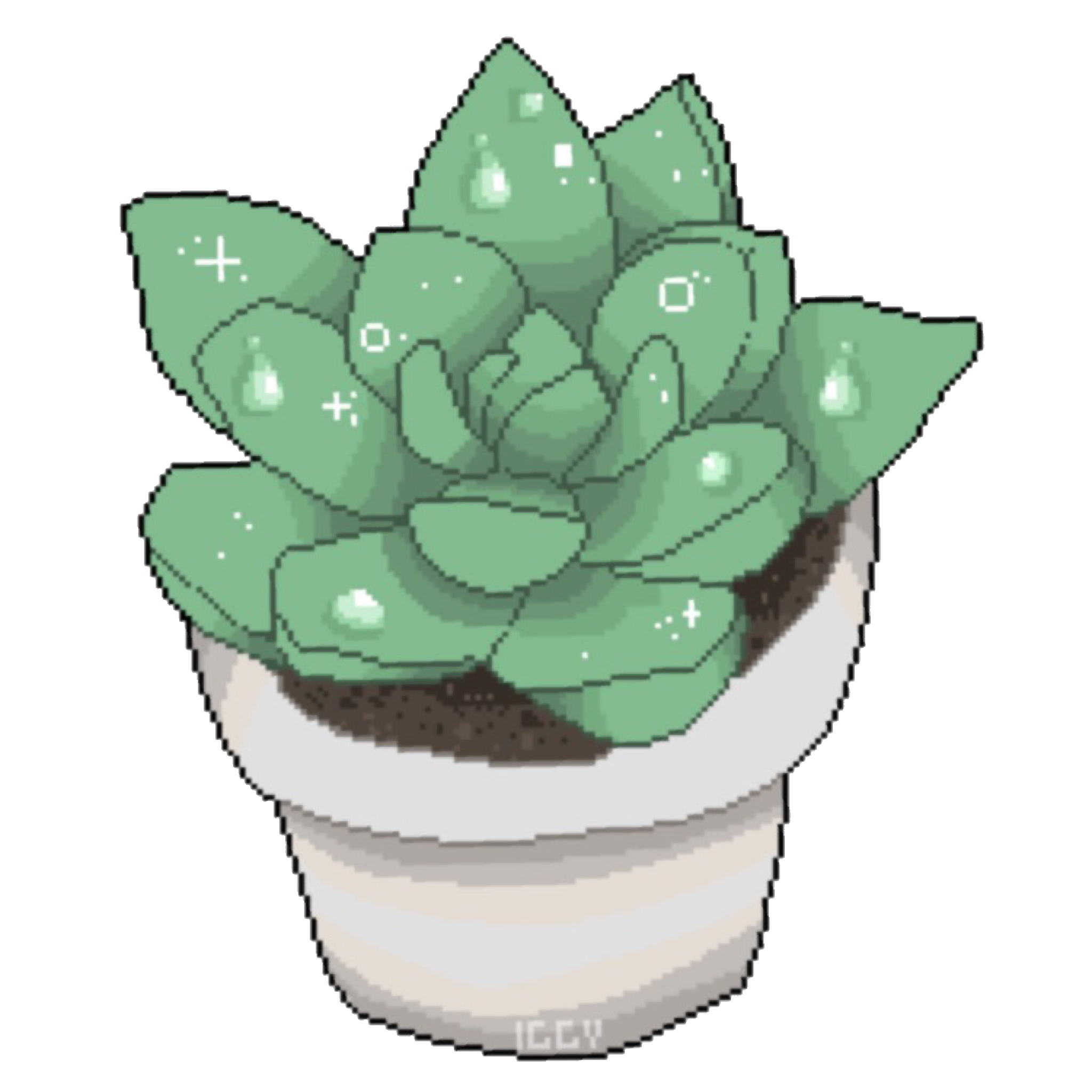

I care for most of my carnivores (bladderworts, sundews, VFTs, mexican and temperate pings) in the same way which is just letting them sit in a tray of distilled, RO, or rain water. From my experience, they all like more light than you think and sundews in particular (your D. aliciae for example) actually stop producing dew when they don’t get enough light. I’m not sure what the intention of the leca is but I don’t generally use it unless for aroids that want more airflow for their roots.
As for the ping, if its an agnata mix, then while its in its growing phase, its also fine to keep it in a bit of water. I have mine in a ping mix though which is peat, sand, and turface (I just buy a mix from petflytrap.com). Again, low mineral water so distilled, RO, rainwater, I don’t use any ferts for my carnivores but I know foliar feeding is becoming more popular and root feeding seems to be ok for some sars but I haven’t taken that plunge myself.
Personally, I’d remove all the leca and just put them under some bright lights in a tray of clean low mineral water (if you have a total dissolved solids reader use it, water should have a TDS < 50). They may still suffer and old leaves may die but look out for any new growth and what that looks like. Carnivore leaves are not like other houseplants, they cycle through and die but the crown should be plump, healthy, and puttibg out new growth fairly consistently (unless its a temperate species that needs a hibernation but that’s a different story).
Thanks for the info on LECA, good to know and may be a good experiment for me! I have an N. ‘gaya’ that’s just putting out basals like no other and I don’t know what to do with all the babies.
But the leaves I can see on your ping (at least based on the first pic where I can see the leaves a bit better) look like summer leaves still. Winter leaves are more tightly compacted, smaller, and generally not sticky. The winter leaves will also slowly die back as they form new summer leaves, leaf turnover rate is just higher in CPs.
I will mention the one D. aliciae you showed that caught an ant did look like its crown was starting to grow new leaves and some of the newer ones had a bit of dew so I think it was bouncing back at least. Older sundew leaves also start to lose dew esp if its caught a lot of bugs and expended energy, to gain more energy/nutrients.
I’m not a great photographer but hopefully you can see in that pic how my D. adelae has some very dewy leaves and some quite dry ones (granted this plant is also newer and most of the dry leaves are from its previous environment).
Don’t know if the pictures were helpful at all but hopefully your CPs bounce back! They’re more resilient than people tend to think. Always happy to try and answer any more questions too!